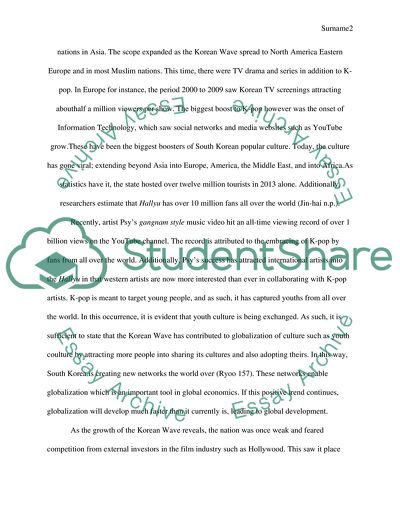Cite this document
(The Global Influence of the Korean Wave Case Study Example | Topics and Well Written Essays - 1500 words, n.d.)
The Global Influence of the Korean Wave Case Study Example | Topics and Well Written Essays - 1500 words. https://studentshare.org/culture/1861852-the-global-influence-of-korean-wave
The Global Influence of the Korean Wave Case Study Example | Topics and Well Written Essays - 1500 words. https://studentshare.org/culture/1861852-the-global-influence-of-korean-wave
(The Global Influence of the Korean Wave Case Study Example | Topics and Well Written Essays - 1500 Words)
The Global Influence of the Korean Wave Case Study Example | Topics and Well Written Essays - 1500 Words. https://studentshare.org/culture/1861852-the-global-influence-of-korean-wave.
The Global Influence of the Korean Wave Case Study Example | Topics and Well Written Essays - 1500 Words. https://studentshare.org/culture/1861852-the-global-influence-of-korean-wave.
“The Global Influence of the Korean Wave Case Study Example | Topics and Well Written Essays - 1500 Words”. https://studentshare.org/culture/1861852-the-global-influence-of-korean-wave.


